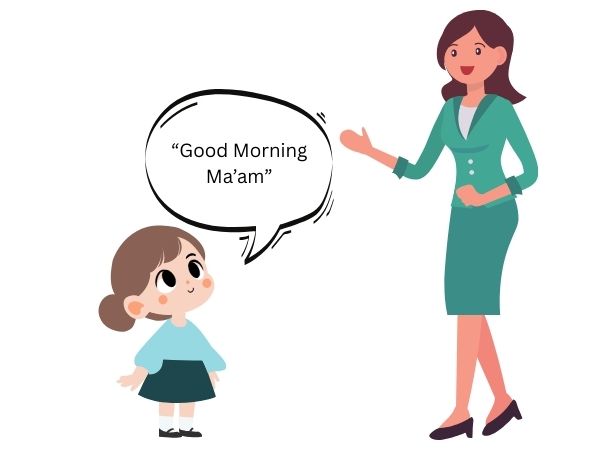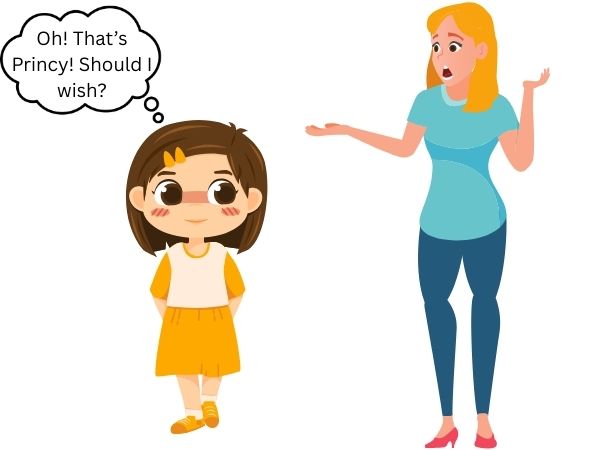A first grader sees the principal walk into the school corridor. With a wide smile, she runs forward, “Good morning, Ma’am!” No hesitation, no second thought, just pure joy in connecting.
Fast forward ten years. The same child, now a 15-year-old, spots the principal. Instead of cheerful greetings, she looks away, avoiding eye contact, suddenly shy, almost uncomfortable.
What happened in between? Did the child lose respect? Did she become careless? Not at all. What changed was her brain.


🧠 The Teenage Brain: A World Under Construction
During adolescence, the brain goes through one of the most dramatic periods of reorganization since infancy. Neuroscientists call it “the remodeling project.”
The Prefrontal Cortex (PFC) – the “CEO” of the brain that manages decision-making, social judgment, and self-control – is still under construction. This makes teenagers more self-conscious, unsure about how others see them.
The Amygdala – the emotional alarm system – is extra active. This makes even simple acts (like greeting a principal) feel overwhelming, because teens worry: “What if I look silly?”
The Reward System (dopamine pathways) – is hypersensitive, meaning teens crave peer approval far more than adult acknowledgment. Saying “good morning” in front of classmates suddenly feels risky.
So the silence isn’t disrespect. It’s biology. It’s a brain trying to balance identity, belonging, and self-image in a social world.
💡 How Teachers Can Engage Teenagers
The good news is, educators don’t need to fight this biology — they can work with it.
Acknowledge Their World: A teenager who avoids greetings may still want connection. Instead of insisting, try casual acknowledgment: “Morning, good to see you.” You model warmth without pressuring them.
Give Them Voice: Adolescents want autonomy. Let them lead small rituals in class — like starting the day with a thought, a positive quote, or even a song.
Use Peer Power: Since peers matter so much, build learning activities around group projects, debates, and collaborations. When teens feel safe in peer groups, they open up more.
Normalize Mistakes: Fear of judgment is huge. Remind students that it’s okay to stumble, whether in greetings or in learning. A safe emotional climate builds courage.
Channel Curiosity: The teenage brain is wired for novelty and exploration. Bring real-world problems, interactive experiments, and creative challenges into the classroom.
✨ An Emotional Reminder
When your 10th grader lowers their eyes instead of greeting you, remember: it’s not indifference. It’s vulnerability. Inside, the same child who once said “good morning” is still there — only now, their brain is asking harder questions: “Who am I? How do others see me? Do I belong?”
As educators and parents, our job is not to demand greetings or smiles. It’s to create spaces where teenagers feel safe enough to bring them back naturally.
📖 For Further Reading
Giedd, J. N. (2015). “The Amazing Teen Brain.” Scientific American.
Blakemore, S. J. (2012). “Imaging Brain Development: The Adolescent Brain.” NeuroImage.
Casey, B. J., Getz, S., & Galvan, A. (2008). “The Adolescent Brain.” Developmental Review.
Steinberg, L. (2014). “Age of Opportunity: Lessons from the New Science of Adolescence.”
Want to transform your school too? Bring the power of new-age teaching & learning.
Contact us to revolutionize your school’s teaching approach today!
In service since: 2010.
